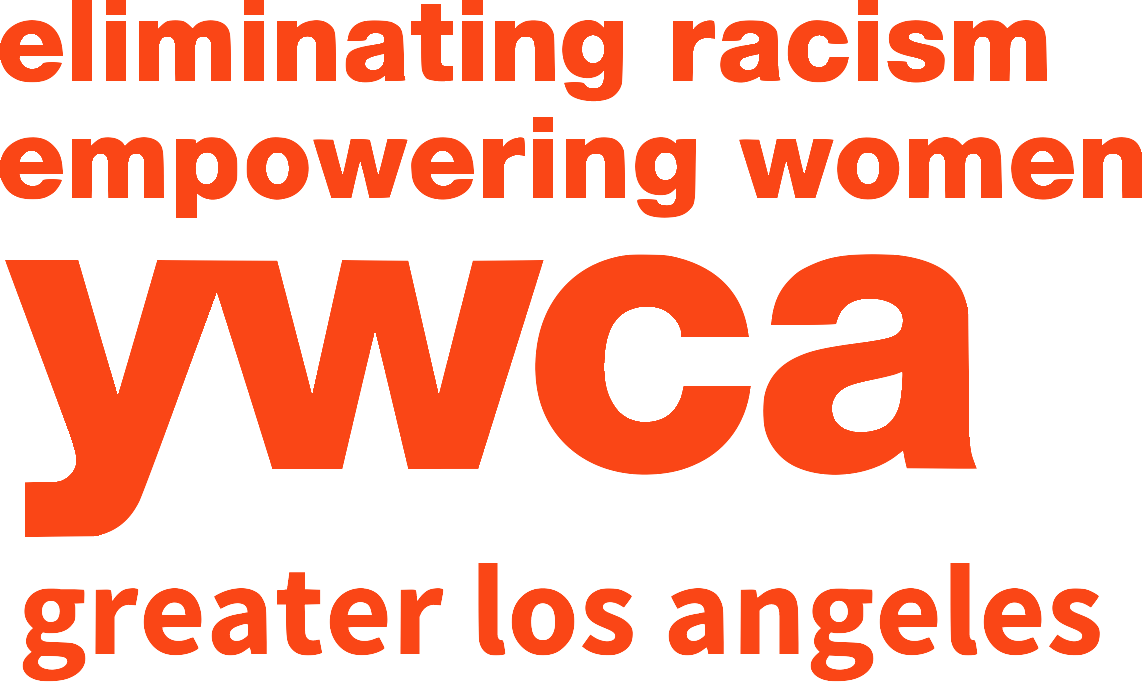The Transformative Impact of Art and Cultural Programs on Child Development
When we think about enriching a child’s education, we often prioritize academics—math, science, reading. But learning isn't confined to textbooks. Art and cultural programs play an essential role in shaping young minds, helping children express emotions, build confidence, and foster a sense of belonging.
At YWCA Greater Los Angeles's Angeles Mesa Child Development Center, this philosophy was recently brought to life during our vibrant Hispanic Heritage Month Celebration, where traditional music, dance, and cuisine shined as tools of learning and community connection. From witnessing Ms. Monica’s graceful traditional Mexican dance to enjoying the rich tastes and stories shared by Ms. Patty, it was an unforgettable event celebrating culture and growth.
But what makes art and cultural programs so impactful for children? Let's explore.
Cultural Celebrations Build Identity and Connection
When children engage in cultural celebrations, they’re exposed to traditions and values that honor diversity and encourage a strong sense of identity. Participating in these events gives children the opportunity to explore their own cultural roots or immerse themselves in others', fostering both self-awareness and empathy.
Research backs this up. Studies show that children who participate in cultural enrichment activities display higher levels of self-esteem and social awareness. Through cultural events like Hispanic Heritage Month, children learn to value their unique backgrounds while understanding the beauty of cultural differences—a crucial foundation for building an inclusive future.
For the children at Angeles Mesa, the smiles and excitement during the celebration told us all we need to know. A simple dance performance or shared story created bonds that inspired pride, curiosity, and connection.
Dancing Towards Development
Dance isn't just an art form; it's also a powerful developmental tool for children. Traditional dance performances, like the one choreographed by Ms. Monica, do more than celebrate heritage—they support physical, emotional, and social growth.
Here’s how dance benefits children:
Confidence & Expression: Dance allows children to express themselves through movement. Overcoming challenges while learning routines builds confidence and teaches perseverance.
Teamwork & Coordination: Group dances encourage collaboration and improve motor skills, essential for cognitive and physical development.
Joy & Stress Relief: Joyful movements release endorphins, reducing stress and fostering happiness, critical for emotional well-being.
According to experts, dance also nurtures creativity and problem-solving skills, essential for both personal and academic success. Programs that incorporate traditional dance give children the dual benefit of cultural appreciation and personal growth.
Art Therapy Fuels Emotional Growth
Art therapy is another incredible tool for child development. Unlike structured art classes, art therapy focuses on emotional expression, providing children with a safe and creative outlet for processing thoughts and feelings.
Some of the key benefits of integrating art therapy into child development curricula include:
Improved Emotional Regulation: Painting, drawing, or sculpting gives children a non-verbal way to express emotions they may not have the language to describe.
Enhanced Creativity: Free-form art stimulates creative thinking, helping children approach problem-solving in innovative ways.
Development of Fine Motor Skills: Activities like sketching or cutting paper improve precision and hand-eye coordination.
Imagine a child, brush in hand, translating their emotions into shapes and colors. This exercise does more than create a keepsake—it nurtures a reflective, expressive spirit that helps children handle challenges with resilience.
Promoting Cultural Awareness and Inclusivity
When schools and community spaces prioritize art and cultural programs, they create a foundation for inclusivity. These activities shift the narrative from “acceptance of differences” to genuine celebration of diversity.
Educators and parents can help foster this environment by embedding cultural awareness into everyday routines. Here are a few ideas to get started:
Celebrate Festivals: Observe cultural holidays and teach children the significance behind them.
Host Multicultural Showcases: Invite families to share food, traditions, and performances from their cultural backgrounds.
Create a Global Art Corner: Set up a corner with art supplies and prompts inspired by different cultures around the world.
When children learn to appreciate diversity from the start, they grow into adults who champion equity and inclusion, contributing to a more compassionate society.
How Parents and Educators Can Support These Programs
Art and cultural programs don't flourish without the support of schools, families, and communities. Parents and educators play a pivotal role in advocating for these initiatives and ensuring they remain integral to child development.
Here’s how you can help support and expand these programs:
Volunteer Time: Help organize events, assist with art therapy sessions, or coach groups in learning traditional dances.
Provide Resources: Work with schools to secure funding for art supplies, costumes, or professional instructors.
Share Stories: Talk to parents and other community members about the importance of these programs, amplifying their value.
At the Angeles Mesa Child Development Center’s Hispanic Heritage Month Celebration, this collective spirit of support was evident. From the passionate performance by Ms. Monica to the heartfelt efforts of Ms. Patty, the event demonstrated what’s possible when a community unites around celebrating art and culture.
A Path to Brighter Futures
Art and cultural programs are much more than extracurricular activities—they are lifelines for creativity, emotional growth, and inclusivity. From boosting confidence through dance to nurturing empathy through art therapy, these programs foster a supportive environment where children flourish.
Parents, educators, and community members—it’s up to us to champion these opportunities for our kids. Advocate for cultural celebrations in your schools, enroll your child in creative programs, and connect with others who share the vision of a more inclusive future.
If you’re looking for more ways to integrate art and cultural activities into your child’s life, connect with the team at YWCA of Greater Los Angeles. Together, we can build a stronger, more equitable foundation for the next generation.


